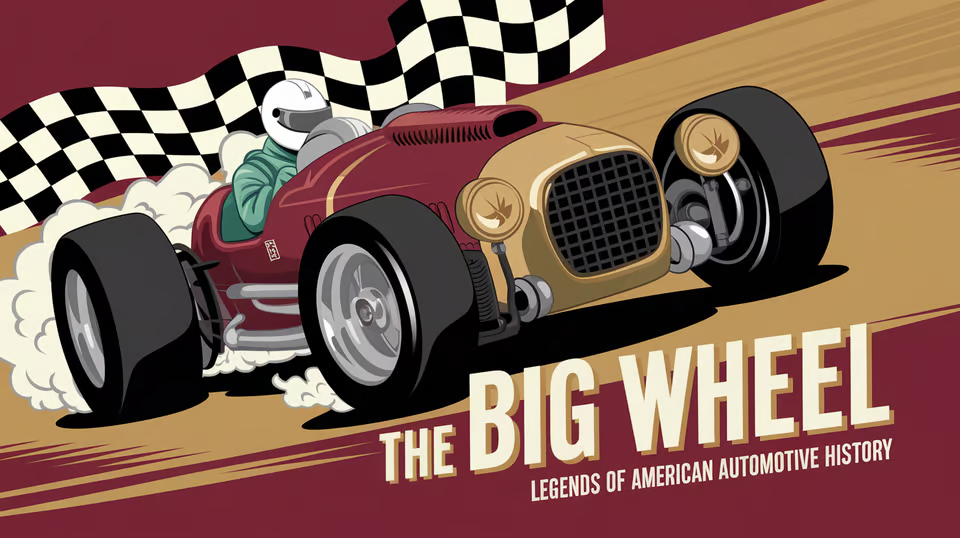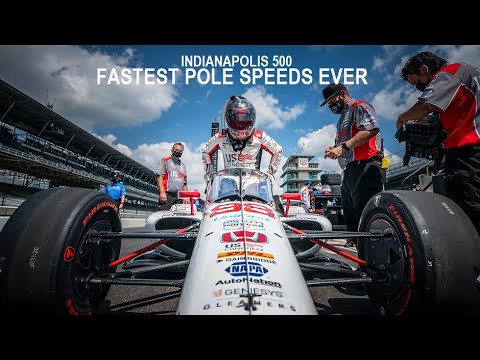Canadian GP and Indy 500 Clash in 2026 F1 Calendar
The sporting world’s buzzing about Formula 1’s latest move for the 2026 calendar. The Canadian Grand Prix is now set to clash with the legendary Indianapolis 500, promising motorsports fans a wild weekend.
This scheduling twist has already sparked debate among fans and insiders. Some see big opportunities, others just headaches for the racing community.
The Announcement: A Historic Clash
Contents
Formula 1 confirmed that the Canadian Grand Prix will land on the same weekend as the Indianapolis 500 in 2026. It’s a first, and reactions are all over the place—excitement, concern, you name it.
The news dropped alongside the full 2026 F1 calendar release, which aims to draw in more global viewers and keep fans hooked.
Why This Matters
Both the Canadian Grand Prix and the Indianapolis 500 are heavyweights in the racing world. The Canadian race is famous for its tricky Circuit Gilles Villeneuve and die-hard fans.
The Indy 500, often called The Greatest Spectacle in Racing, is a pillar of American motorsports—massive crowds, elite drivers, the whole deal.
Implications for Fans and Teams
Having these two blockbusters at the same time brings headaches and opportunities for everyone—fans, teams, and the folks running the broadcasts. Fans will face a pretty tough call between two favorites.
On the bright side, it’s a weekend loaded with racing, and maybe that’ll pull in a bigger, more diverse audience.
Fan Dilemma
Motorsports fans now have to pick: which race gets their attention? If you usually follow both F1 and IndyCar, you might be forced to skip one.
But maybe this overlap nudges fans to flip between broadcasts and soak up more racing than usual. Who knows, right?
Team Logistics
Teams will feel the squeeze too. Some drivers, engineers, and crew work in both F1 and IndyCar, so this overlap could stretch resources thin.
They’ll have to juggle schedules and figure out how to keep their standards high at both events. Not exactly a walk in the park.
Broadcasting and Media Coverage
Media outlets are going to have their hands full. Broadcasters will need to get creative to cover both races without letting one fade into the background.
This could push networks to collaborate more and come up with fresh ways to deliver the action.
Increased Viewership
There’s a chance this clash could actually boost TV numbers. A weekend jammed with top-tier racing might tempt more viewers—including folks who wouldn’t normally tune in for both.
Higher ratings could mean more ad dollars, which nobody’s going to complain about.
Innovative Coverage
To handle the overlap, broadcasters might roll out new tricks—think split-screen action, interactive streams, or souped-up highlights. That could make the whole experience more engaging for fans.
Potential Long-Term Effects
It’s hard to say what this scheduling gamble will mean for motorsports down the line. Could it reshape how big races are timed in the future?
Calendar Optimization
If this 2026 experiment works out, maybe F1 and other series will try syncing up more events. That could lead to a tighter, more fan-friendly calendar overall.
Global Fan Engagement
Bringing two major races together might also mix up the global fan base. A shared weekend could get fans from different backgrounds talking, maybe even cheering together.
Conclusion
Formula 1’s choice to schedule the Canadian Grand Prix on the same weekend as the Indianapolis 500 in 2026 is, honestly, a pretty gutsy move. Fans, teams, and broadcasters are all staring down a mix of challenges and wild new opportunities.
People are already arguing over what this means in the short term. But who knows—maybe the long game will shake up motorsports in ways we haven’t even pictured yet.
Want to dig deeper? Check out the full announcement on RACER.


